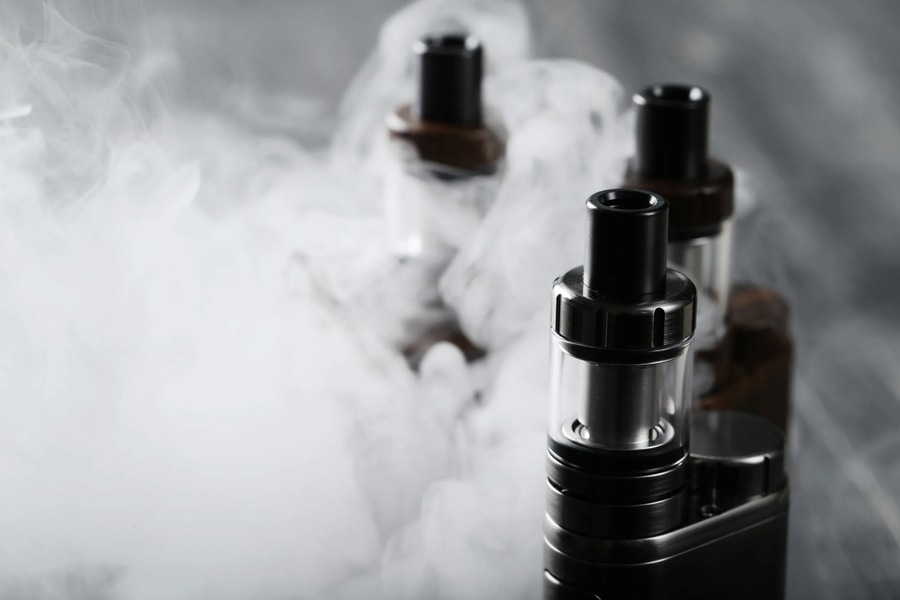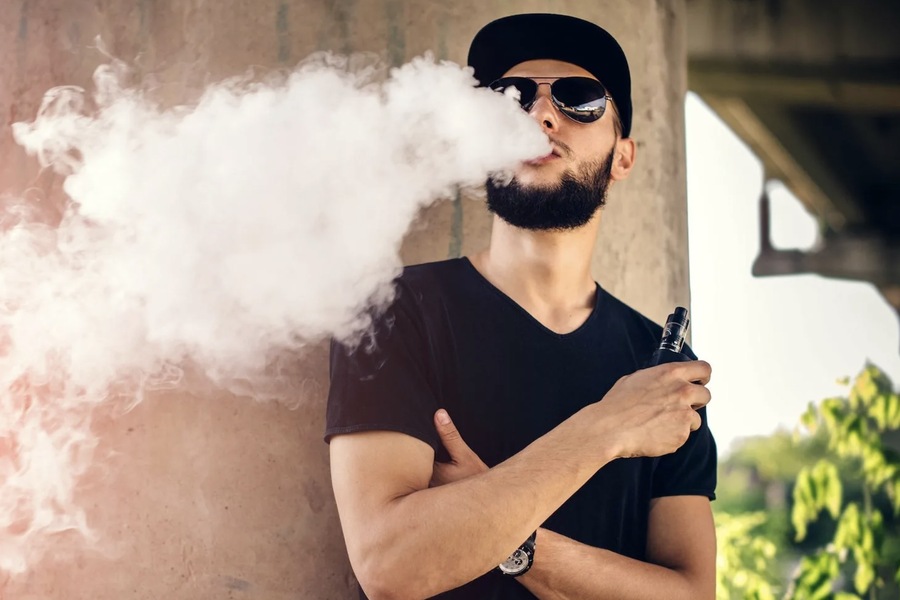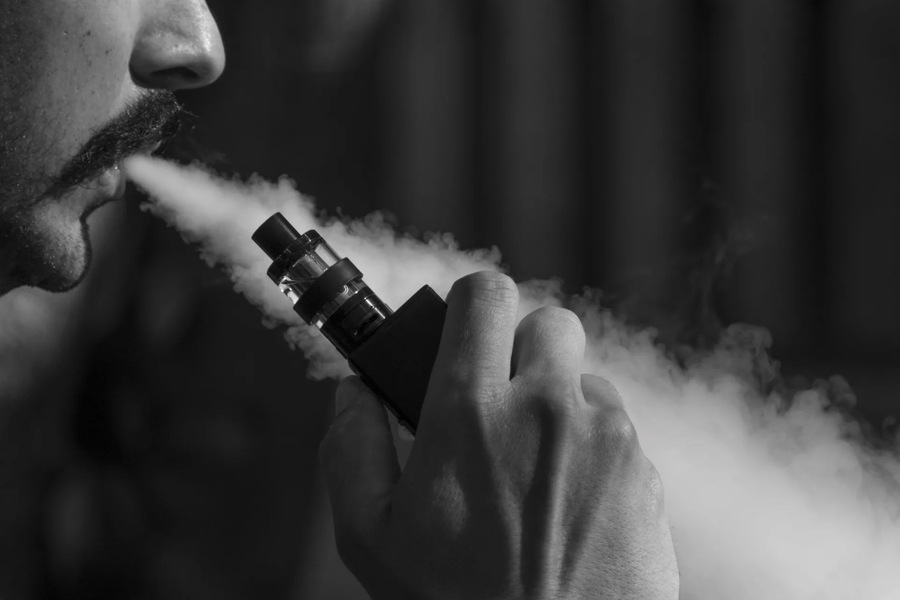Over the last ten years, the vaping business has experienced exponential growth, turning from a specialized market into a worldwide phenomenon. Governments all around the world have tightened regulations and oversight in response to vaping’s explosive growth, attempting to weigh the advantages of this smoking cessation aid against any possible threats to public health, especially for young people. This article examines international regulations’ positive and negative implications on the best vape shop and producers. We will explore laws in important nations, market patterns, difficulties, and prospects in this changing environment.
Page Content
The Effects of Laws on Manufacturers and Vape Shops
Positive Impacts
Improved Product Safety and Quality: Strict safety and quality control requirements are mandated by regulations. For example, the Tobacco Products Directive (TPD) of the European Union mandates child-resistant packaging and sets limitations on the amount of nicotine allowed in products. Strict safety regulations are beneficial since, according to a Public Health England research, using regulated e-cigarettes is at least 95% less dangerous than smoking regular cigarettes.
Market Predictability and Stability: When clear regulatory frameworks exist, businesses may function in a stable environment. Because the regulatory environment is less likely to change suddenly, manufacturers and vape shops may plan long-term initiatives with greater assurance. Stability is essential for the sector to be innovative and attract investment.
Decrease in Counterfeit Products: Tight laws and enforcement contribute to a decrease in the number of fake and inferior goods on the market. This ensures fair competition, which helps legal enterprises and protects consumers. One mechanism that aids in maintaining product integrity is the rule enforced by the U.S. FDA that requires texts to premarket tobacco product applications, or PMTAs.
Negative Impacts
Enhanced Operational Costs: Adhering to rules frequently necessitates a substantial financial outlay for certification, testing, and process modifications in the manufacturing sector. Small and medium-sized businesses (SMEs) may find these expenses especially taxing in the vaping industry. For instance, firms may have to pay up to several million dollars per product for the FDA’s PMTA procedure, which poses a major financial challenge.
Market Entry Barriers: New laws may significantly hinder new companies’ entry into the market. For instance, starting on August 8, 2016, the FDA mandates that all new vaping products must have PMTAs. This may be an extremely costly and time-consuming procedure for businesses.
Restricted Product Diversity: Certain rules limit the range of items that can be offered. Flavor limitations, for instance, limit the range of alternatives accessible to customers and may cause them to return to traditional tobacco products in some countries. Flavor prohibitions were a major factor in the sharp drop in teenage vaping rates reported in the CDC’s 2020 Teenage Vaping Report, suggesting a possible loss of product diversity.

Different Countries with Different Rules and Regulations
United States
The regulatory landscape for vaping is among the most complicated in the United States. E-cigarettes are governed by strict regulations under the Tobacco Control Act, as the FDA considers them to be tobacco products. This contains all new items released after August 8, 2016, requiring PMTAs. The FDA has also imposed flavor prohibitions and stringent marketing regulations to stop underage vaping. The CDC claims that these actions had a part in the drop in juvenile vaping rates, which went from 27.5% in 2019 to 19.6% in 2020.
Canada
With the Tobacco and Vaping Products Act, Canada has taken a balanced stance (TVPA). This law governs vaping goods’ production, distribution, labeling, and advertising. While it recognizes the potential advantages of vaping for smokers trying to stop, it also strives to protect children and nonsmokers. Canada permits a wide range of flavors to balance damage reduction and public health but prohibits their advertising.
United Kingdom
Many people consider the UK to have one of the most progressive vaping policies. Because vaping is 95% less dangerous than smoking, Public Health England endorses it as a strategy for quitting smoking. The UK adheres to the TPD, which includes restrictions on nicotine strength and tank capacity. The government aggressively encourages vaping as part of its tobacco damage reduction plan. According to Public Health England research from 2021, e-cigarettes are useful for smokers who want to stop, which supports UK regulations.
United Arab Emirates
Only in 2019 did the UAE authorize the sale of vaping supplies and e-cigarettes. These goods are governed by the Emirates Authority for Standardization and Metrology (ESMA), which sets strict requirements for their safety and quality. The rule’s purpose is to protect consumers and stop selling fake goods. With an emphasis on high-quality, conforming goods, the industry has grown quickly since legalization.
Other Countries
Australia: Products for vaping that include nicotine are considered prescription-only medications. Vaping items without nicotine is allowed; however, there are tight import and sales laws. While providing access to non-nicotine vaping choices, this regulatory strategy seeks to limit nicotine use.
New Zealand: Like the UK, NZ encourages vaping as a less dangerous substitute for smoking. The nation has strict laws to guarantee product safety and restrict access by minors. The harm reduction strategy adopted by the government has contributed to smokers’ increased acceptance of vaping.
India: In 2019, India prohibited the manufacturing, importation, and sale of e-cigarettes, citing health dangers and worries about young consumption. Despite the prohibition, substantial illegal commerce suggests a high demand and that enforcement is difficult.
Market Trends and Restrictions in Various Countries
United States
Regulation changes and continuing legal disputes define the U.S. market. Flavor prohibitions have greatly damaged sales, especially among younger groups. Nonetheless, there is a developing market for items with tobacco and menthol flavors that are legal. Larger enterprises now dominate the industry due to market consolidation brought on by the high cost of regulatory compliance.
Canada
Canada has promoted a varied market with its well-balanced regulatory strategy. Sales of vaping goods have been steadily increasing around the nation as many smokers have converted to e-cigarettes. However, worries about young people vaping have prompted more examination and possible future limitations on flavors and advertising.
United Kingdom
The government’s strong backing of vaping is beneficial to the UK market. Promotions for public health and advantageous laws have prompted smokers to convert to e-cigarettes. This varied industry offers a wide variety of items and flavors. Brexit, though, may bring about changes to regulations that affect the sector.
United Arab Emirates
Although still relatively new, the UAE market is expanding quickly. Vaping has become legal, which has created a lot of opportunities for domestic and foreign firms. The emphasis on safety and quality standards contributes to the confidence of customers. High import charges and bans on advertising, however, might be problematic.
Other Countries
Australia: The market expansion for vaping devices with nicotine is restricted by the prescription-only approach. On the other hand, a healthy black market suggests high demand. Legal sales are expected to face continued challenges from the regulatory environment.
New Zealand: A flourishing market is the result of supportive legislation. The harm reduction strategy adopted by the government has contributed to smokers’ increased acceptance of vaping. As more smokers convert to vaping, the market is expanding.
India: The market has gone underground as a result of the e-cigarette prohibition. There is a substantial black market, and public health proponents are still pressing for re-examining the ban.

Challenges
Compliance Costs: For SMEs, complying with regulations may be costly and time-consuming. Extensive certification and testing requirements can put pressure on resources and stifle creativity. Manufacturers may have to pay up to several million dollars for each product due to the FDA’s PMTA procedure.
Market Entry Barriers: New laws may make it challenging for new companies to enter the market. Complicated regulatory frameworks and high compliance costs discourage new businesses, lowering competition and potentially impeding innovation.
Youth Vaping Epidemic: The growing prevalence of youth vaping is a concern for governments worldwide. This has resulted in strict laws and flavor restrictions, which may hurt the industry by limiting customer options and encouraging some smokers to return to older methods. The impact of such policies was demonstrated by the significant decrease in teenage vaping rates brought about by flavor prohibitions, as reported in the CDC’s Teenage Vaping Report.
Illicit Markets: Excessively stringent laws may encourage the growth of illegal markets. Customers may resort to unregulated sources, which may lead to the availability of dangerous goods and a reduction in government tax income.
Public Perception and Misinformation: Misconceptions regarding the dangers of vaping propagated by the media and the general public may impact regulatory choices. False information has the potential to hurt the industry as a whole by discouraging smokers from switching to less dangerous options.
Opportunities
Growth into New Markets: As more nations legalize e-cigarettes, companies can venture into brand-new, developing markets. First-mover advantages are available to businesses that can effectively navigate regulatory frameworks and establish a significant presence.
Product Development and Innovation: This is frequently fueled by regulatory requirements. To satisfy customer demands and safety regulations, businesses are creating new technology, such as longer-lasting batteries, better flavor delivery systems, and more effective nicotine administration methods.
Collaborations in Public Health: Vaping firms and public health groups may collaborate to encourage vaping as a smoking cessation aid. These alliances have the potential to grow the industry and enhance public awareness.
Sustainability Initiatives: As environmental concerns increase, businesses have a chance to create eco-friendly products. This includes devices with replacement parts and recyclable or biodegradable vape pods to satisfy customers who care about the environment. These programs help firms stand out in a congested market and attract more environmentally conscious consumers.
Targeted Marketing Techniques: Given the growing limits on advertising, businesses might allocate resources to digital marketing and social media techniques to successfully reach their target audience. Influencer collaborations and content marketing effectively increase brand awareness and attract new clients. For instance, offering product evaluations and lessons on websites like YouTube and Instagram may captivate viewers and provide insightful product details.
Campaigns for Education: There is a chance to inform lawmakers and customers alike about the advantages and disadvantages of vaping. Companies may sway public opinion and impact regulatory choices by supporting research and disseminating scientific results. Misinformation may also be addressed, and the benefits of vaping for quitting smoking can be emphasized through educational programs.
Conclusion
Vaping regulations throughout the world are complicated and often changing. Regulations provide opportunities for innovation and market development while providing substantial hurdles. Effectively managing these restrictions allows vape makers and retailers to meet legal obligations while using them to establish credibility and expand their brands. A balanced approach to regulation will be essential as the business develops to maximize the positive effects of vaping on public health while limiting any possible hazards. The future of the vaping industry will be shaped by the dynamic interaction of consumer behavior, market trends, and regulations; those who are ready to adapt will face both opportunities and problems.

